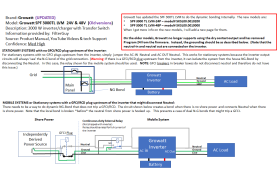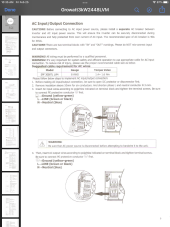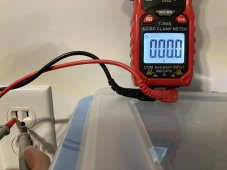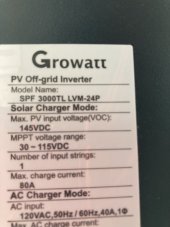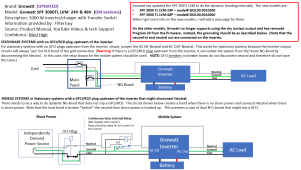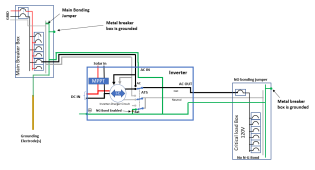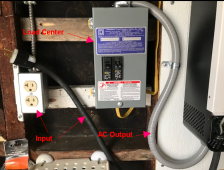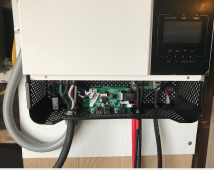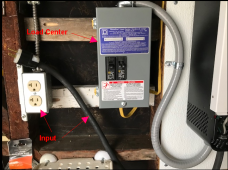It depends.
Here is what I know about my model SKSL00 0010700.
I learned this while trying to power an AC device that requires a ground.
The Growatt's AC out is NEVER grounded. Not with grid, generator or inverter(battery).
I ask that any comments please include the model # related to the comment. I wasted several days reading conflicting info here and came to learn that Growatt has made changes and offered modification advice to other models and it is very confusing to anyone trying to extract useful info.
Here is what I know about my model SKSL00 0010700.
I learned this while trying to power an AC device that requires a ground.
The Growatt's AC out is NEVER grounded. Not with grid, generator or inverter(battery).
I ask that any comments please include the model # related to the comment. I wasted several days reading conflicting info here and came to learn that Growatt has made changes and offered modification advice to other models and it is very confusing to anyone trying to extract useful info.



